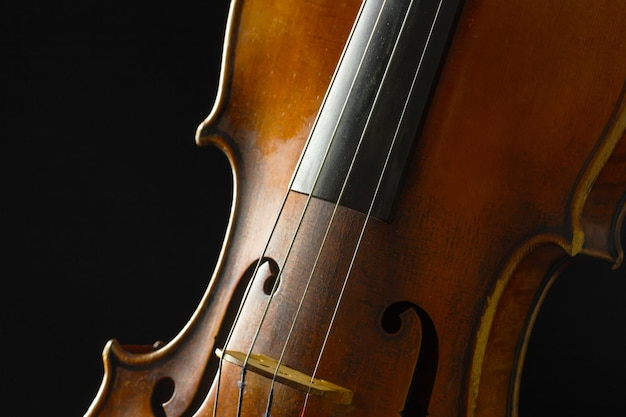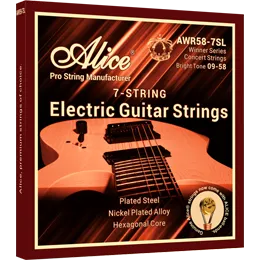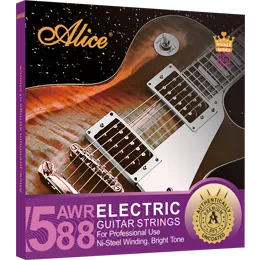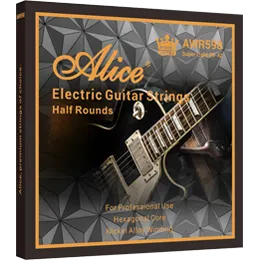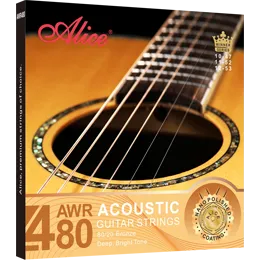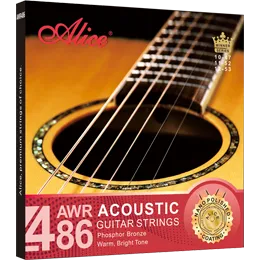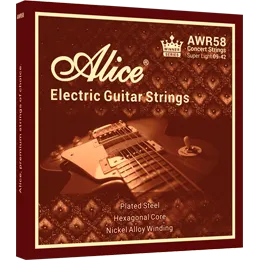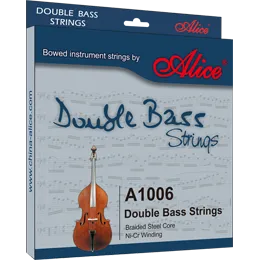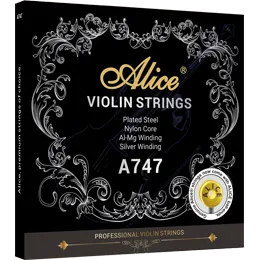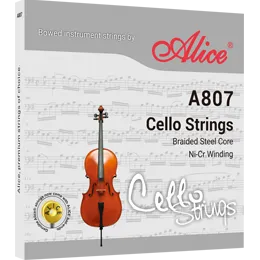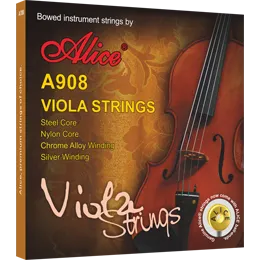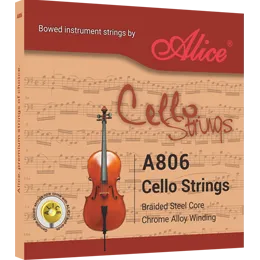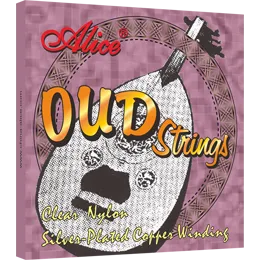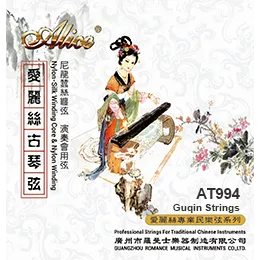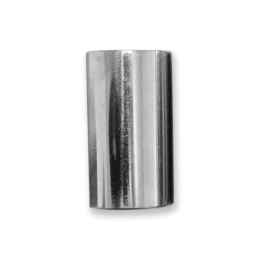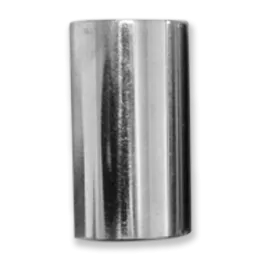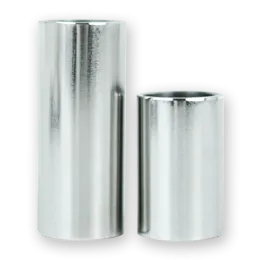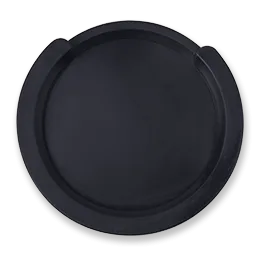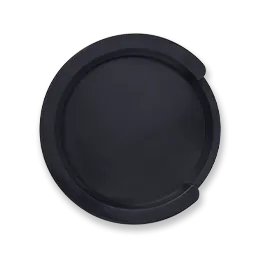Violin String Material Comparison: Difference Between Silver, Alloy, Ni-Fe, and More Winding

The choice of winding material for violin strings is crucial in determining the playability and sound of your instrument. With so many different materials available on the market, it can be overwhelming to choose the right one. However, taking the time to learn about the unique advantages of each type can help you make an informed decision. Each material has distinct qualities, from the warm and mellow tones of gut strings to the bright and powerful sound of steel strings.
Types of Violin String Winding Materials
A wide variety of violin string material options are available on the market. Some of the most commonly used materials include the following:
Silver
Silver violin string material refers to metal-wound strings composed of core material, such as gut or synthetic material, and a silver-plated copper wire. The wire is wound around the core material to create a string that produces a warm, rich sound with excellent projection and responsiveness.
Alloy
Alloy violin string material is often made from a combination of metals, such as nickel and silver. It offers a versatile and balanced sound and a good compromise between clarity and warmth, making it suitable for both ensemble playing and solo performances. Alloy string material is known for stability and quick response.
Ni-Fe
Ni-Fe violin strings are known for their excellent projection and responsiveness, making them popular among violinists who play various musical styles. They produce a unique, highly versatile sound, making them suitable for solo and orchestral performances.
Al-Mg
People know Al-Mg violin strings for their excellent sustain, making them popular among musicians who play in orchestral settings. They produce a powerful, focused, balanced sound, ideal for various musical styles.
Cupronickel
Cupronickel is ideal for winding violin strings due to its strength, elasticity, density, tarnish resistance, cost-effectiveness, and workability. The alloys have good tensile strength and resistance to fatigue, allowing them to withstand the high tensions on violin strings while deforming under tension and returning to shape. The density contributes to sound projection and timbre. The nickel in the alloy prevents corrosion and tarnishing, extending the string’s lifespan.

Factors to Consider When Choosing the Right Winding Material for Violin Strings
It would help if you considered several factors to make sure you choose the right violin string material. Key considerations include the following:
Playing Style
Different playing styles require different tonal characteristics. For instance, soloists may prefer a more clarity and projection string, while orchestral players might favor depth and warmth. Understanding your playing style will help determine the right violin string winding material.
Tonal Preference
Every musician has a unique tonal preference. Some prefer brilliance and brightness, while others may lean towards a mellow and warm sound. Consider your personal tonal preference so you can choose a winding material that aligns with your desired sound.
Budget
Budget is also a key point when choosing violin string material. Different winding materials come with different price tags. You should find a balance between your budget and the characteristics/quality you desire in the strings.
Product Recommendation: A747 Violin String Set
As a seasoned professional string manufacturer, we, Alice, offer a wide range of violin string sets featuring a variety of material options to suit everyone’s needs. The A747 Violin String Set is a top choice for advanced violinists. Some of its key characteristics include the following:
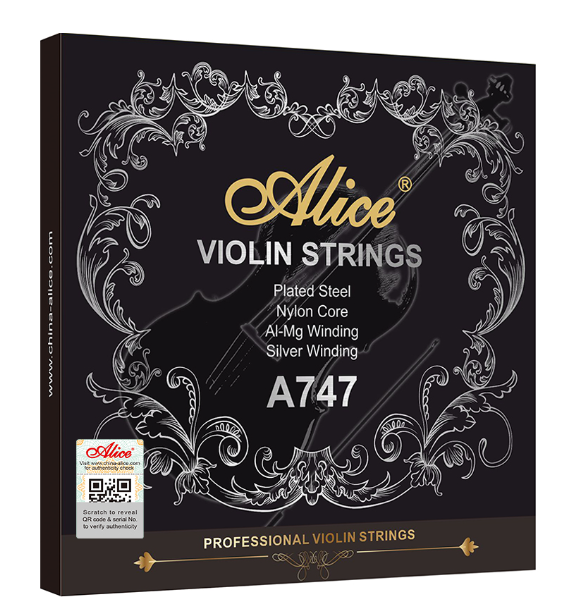
Superior Sound
The A747 strings produce a mellow, elegant treble and richly resonating bass, making them an ideal choice for performances, recordings, and concerts.
Violin string material
Basic unwound strings are made from high-quality plated high-carbon steel known for producing a distinct, focused tone. The cores of wound strings are constructed with excellent multi-filament nylon filaments designed for strength and stability. The winding materials vary depending on the string type, utilizing well-chosen aluminum-magnesium alloys to wrap the nylon core, while the G string utilizes a winding made from pure silver wire to produce its superior tone.
Responsive
The A747 Violin String Set offers quick response and great playability, allowing for effortless control and articulation.
Extra E string Included
The A747 set has a complimentary E string (1b). This is a wound string for guitarists to try a different tone or style of music.
Conclusion
Choosing the right winding material for violin strings is crucial to achieving the desired playability and sound. Several popular material choices are available, and you should choose the one based on key factors like playing style, tonal preference, and budget. Your choice of violin string manufacturer also matters a lot. We are your top choice because of our industry experience, large product variety, attention to detail, and great after-sales service. Our A747 Violin String Set is an excellent choice for advanced players due to its versatility, durability, and superior sound. Visit our website to browse more products like this.
Relate News
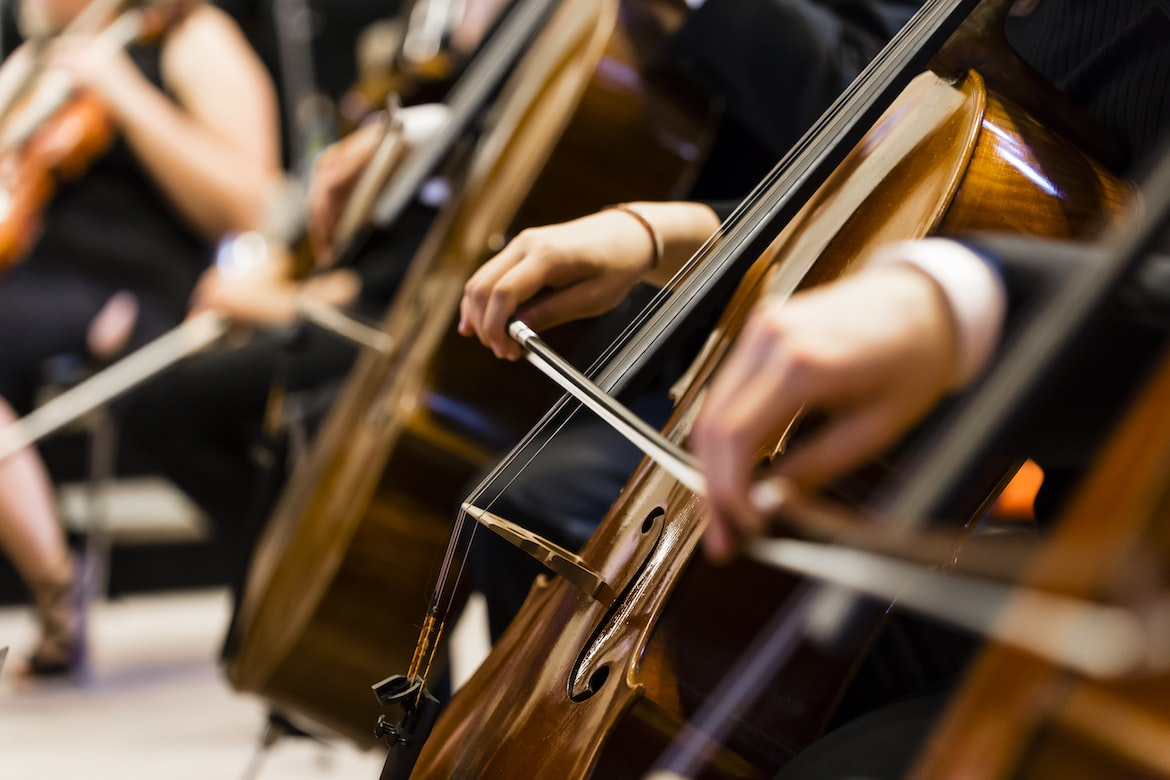
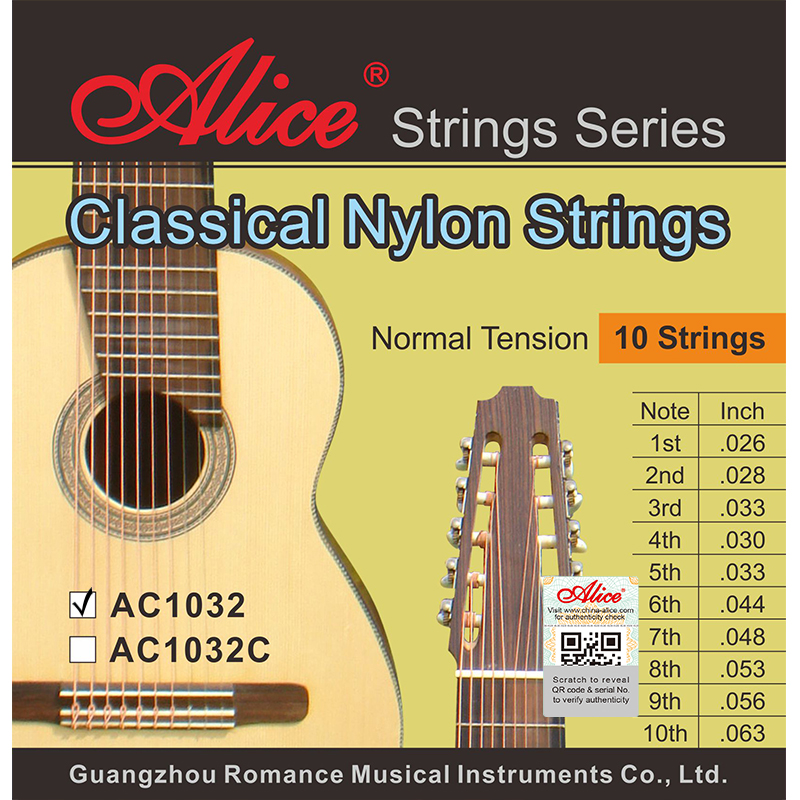
Nylon Strings for Classical Guitars: Everything You Need to Know
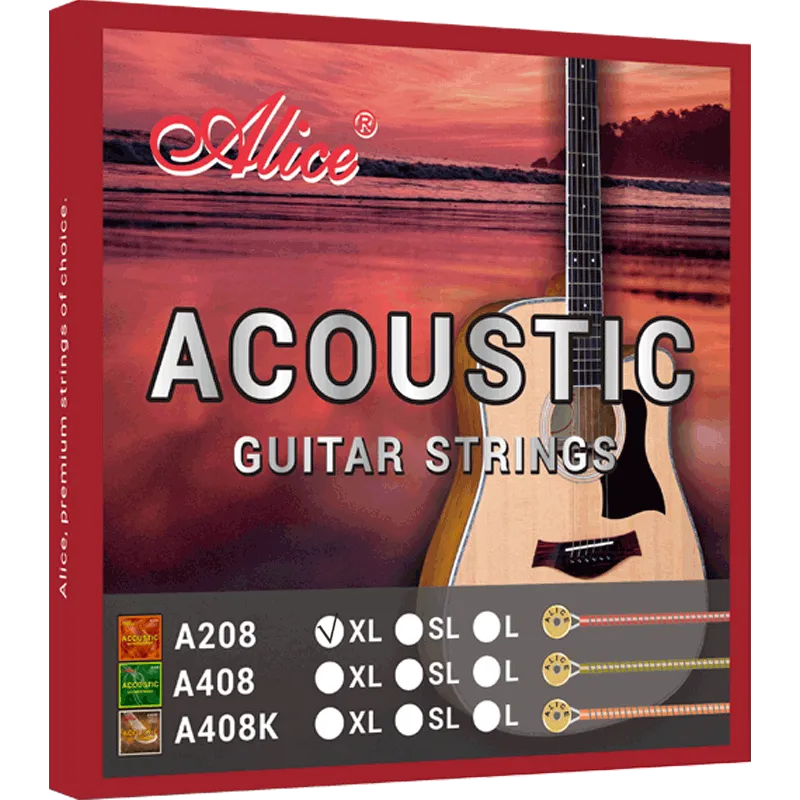
5 Key Indicators to Identify High-Quality Acoustic Guitar Strings
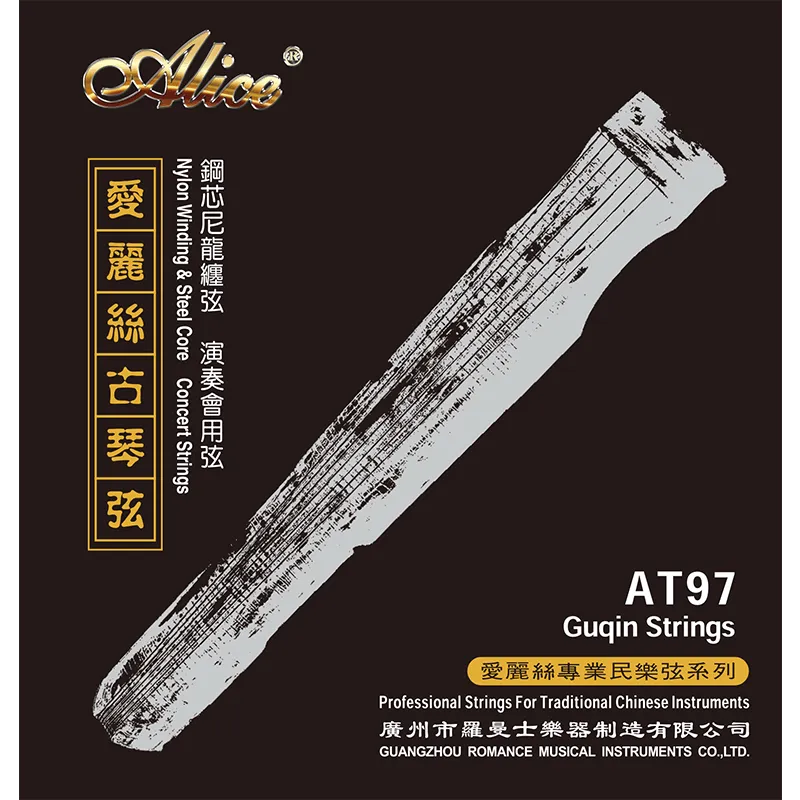
What Are Guqin Strings Made Of?
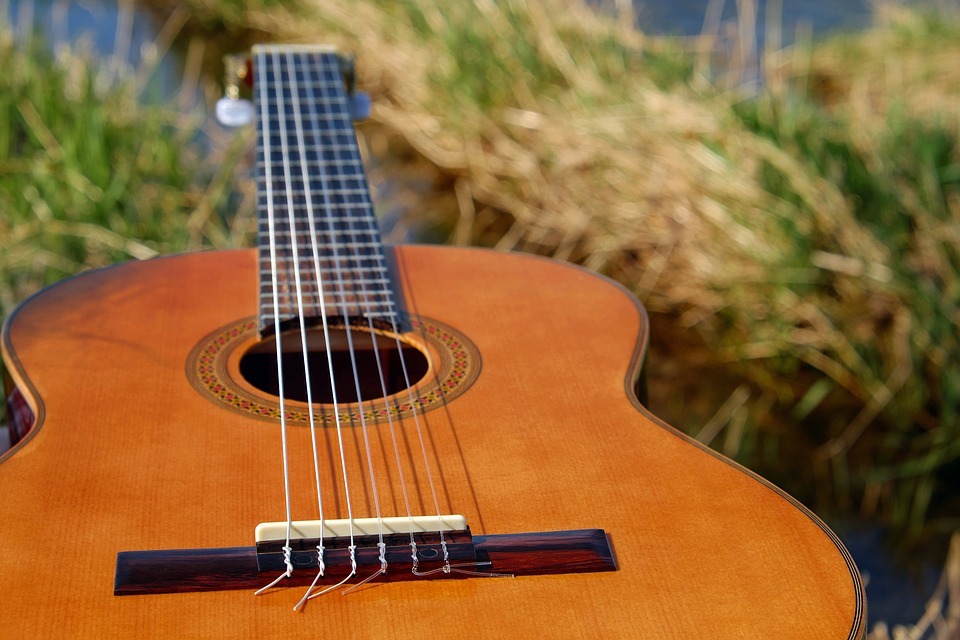
Silk Strings, Steel Strings, and Nylon Strings: Which Is Best for Your Traditional Music Performance?
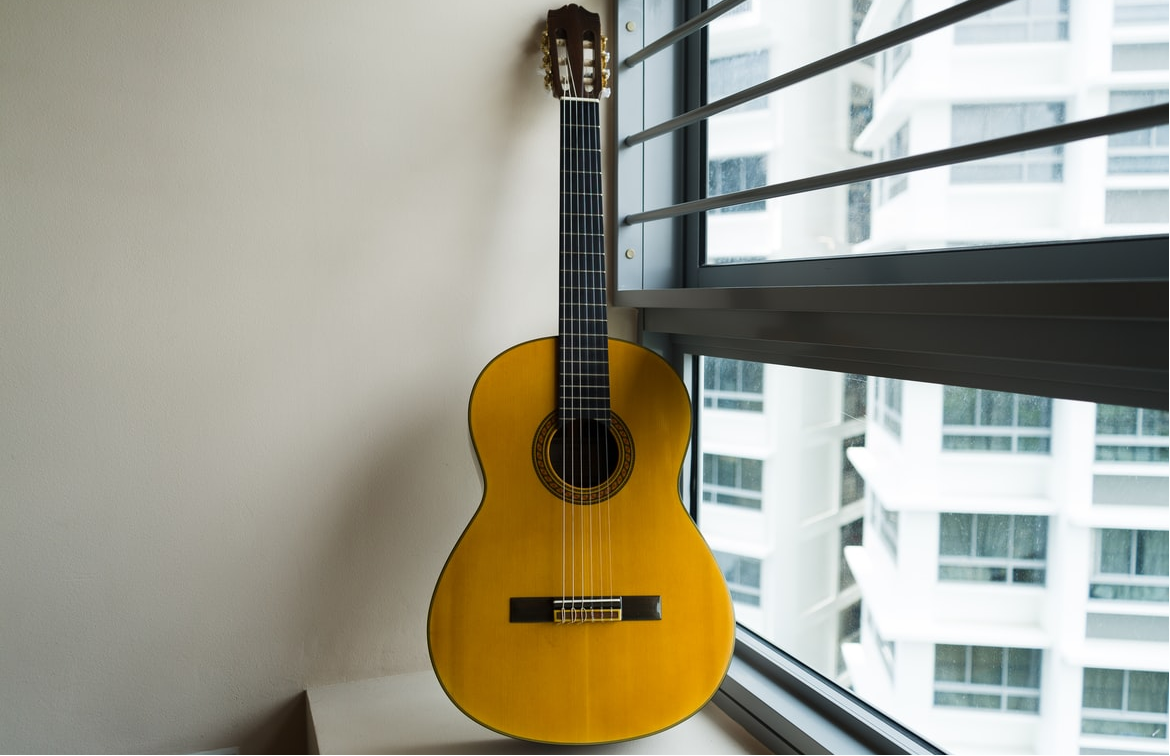
Complete Guide to Guitar String Materials

Orchestral Strings Explained: A Beginner-Friendly Guide to Violin, Viola, Cello, and Double Bass
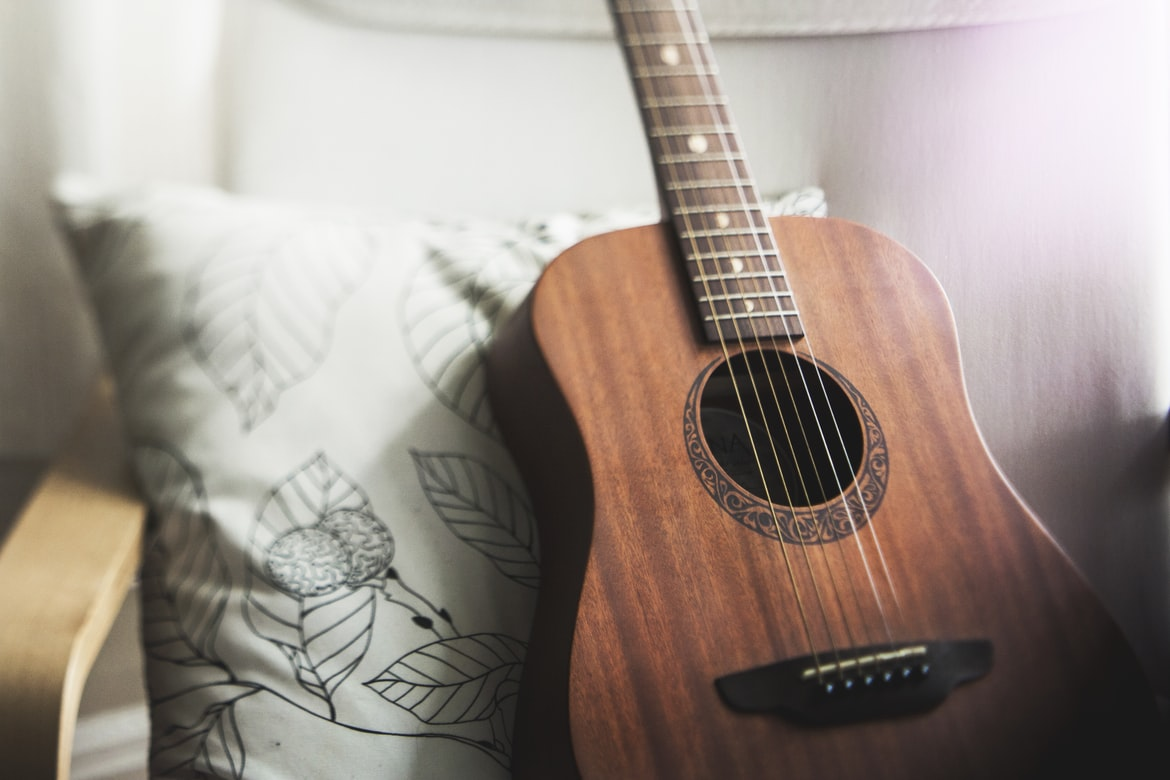
Tone Comparison of Brass Alloy, Phosphor Bronze, and Coated Guitar Strings

How to Choose the Right Guitar Strings for Your Performance: A Scenario-Based Buying Guide
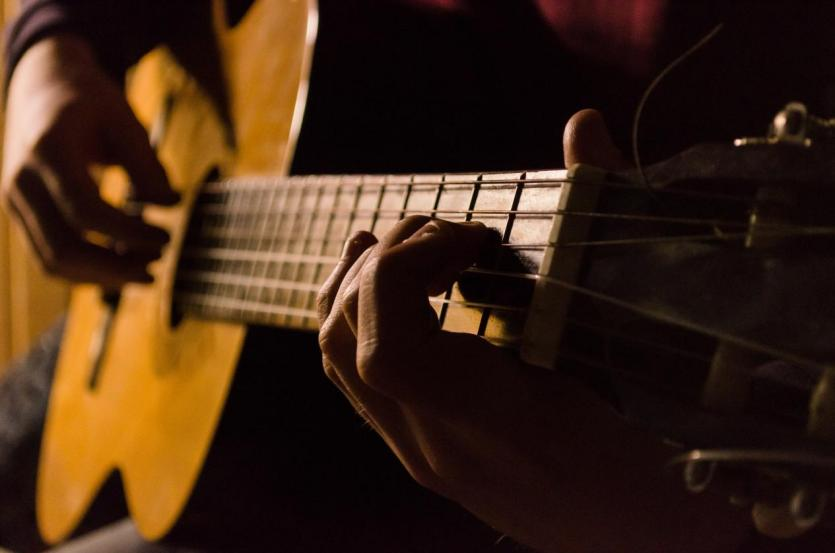
OEM Guitar String Customization: A Detailed Guide to the Process
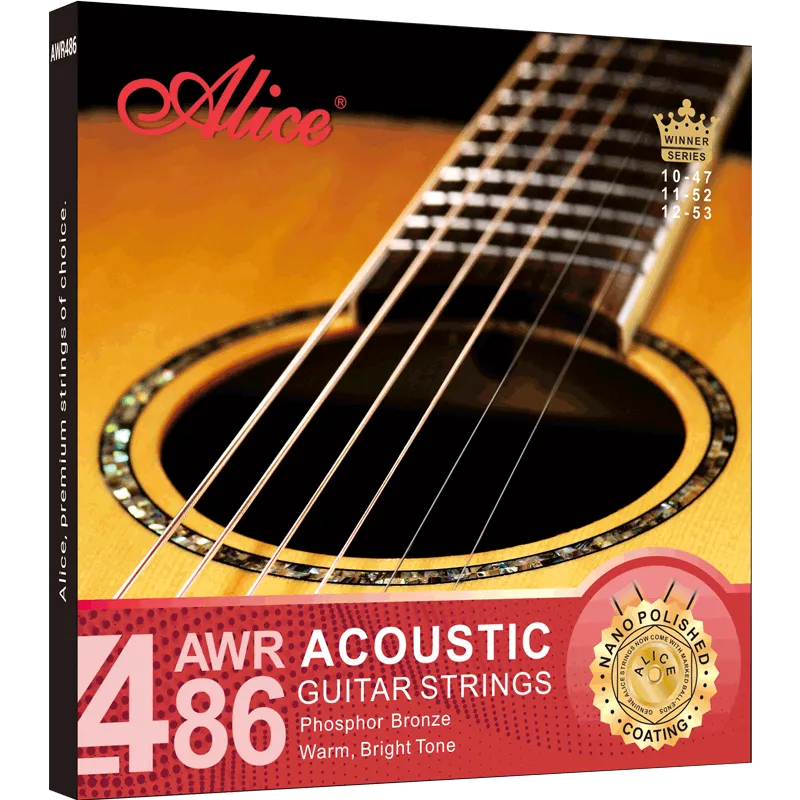
Copper Alloy vs Phosphor Bronze: Which Acoustic Guitar Strings Suit You Best?
